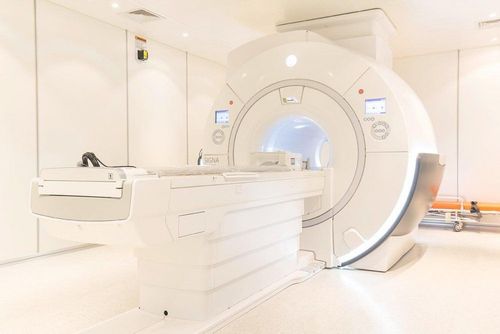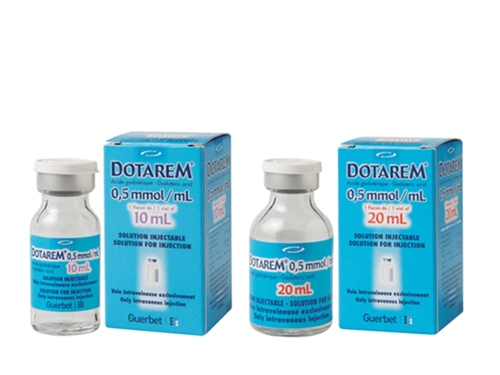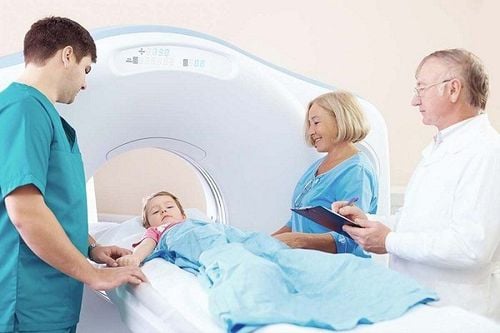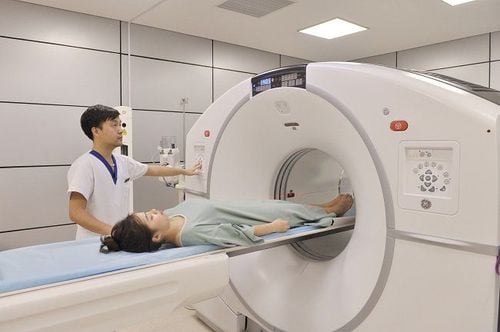This is an automatically translated article.
Articles written by MSc, BS. Dang Manh Cuong, Department of Diagnostic Imaging, Vinmec Central Park International General Hospital
Whole-body magnetic resonance imaging is an imaging technique that scans the entire body (usually from the top of the head to the mid-thigh) using a standard MRI scanner, without exposure to ionizing radiation. It speeds up the cancer staging process and allows treatment to begin quickly.
1. The role of whole-body MRI to assess TNM . stage
Once cancer has been diagnosed, it is important to assess the spread of the tumor (if any) to other parts of the body to plan optimal treatment. Spread beyond the original organ is called metastatic disease. Staging should be done quickly with minimal risk to the patient so that their treatment can begin as soon as possible. Delays in cancer diagnosis and treatment often lead to poorer outcomes.
Modern imaging facilities including computed tomography (CT), positron emission tomography (PET-CT) and magnetic resonance imaging (MRI) are widely used for treatment. cancer . However, these methods can be complicated and time consuming because more than one implementation is often required.
Because each imaging method has different strengths and weaknesses, it needs to be combined. For example, patients diagnosed with lung cancer may have to undergo CT scans to diagnose the tumor and assess spread to organs such as the liver. At the stage of spread to organs, where CT has limited accuracy, such as bone, PET-CT is used. MRI for brain assessment, where PET-CT has limitations. Such complex procedures cause patient inconvenience, multiple hospital visits, exposure to harmful ionizing radiation (X-Rays), increased healthcare costs, and ultimately, delays in health care. delay treatment.
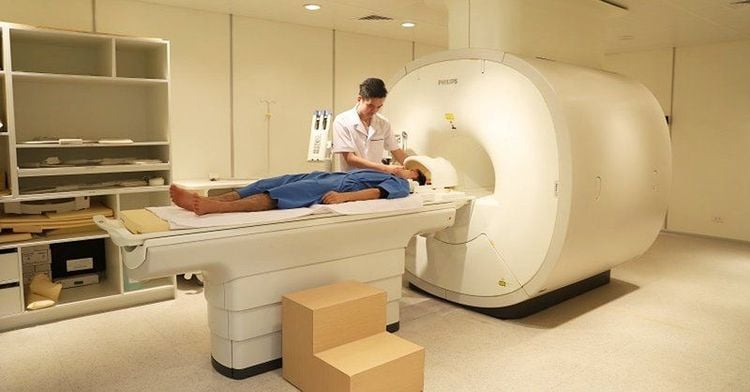
Therefore, an alternative is whole-body MRI (WB-MRI). As the name implies, this technique scans the entire body (usually from the top of the head to the mid-thigh) using a standard MRI scanner, without exposure to ionizing radiation. It speeds up the staging process and allows treatment to begin quickly.
2. How to perform the technique?
The patient lies on the table, fixed with a strap to keep the patient still and in position. Many devices (called coils capable of transmitting and receiving radio waves) are installed over the patient's entire body from head to toe. The patient is inserted into the large magnet block of the MRI machine. The technician will perform the scan with a control system in the control room outside the MRI machine room. The scan is usually completed in about 60-90 minutes.
3. What factors influence the results?
The patient is lying down for a long time, so the image will be shaken or blurred if the patient does not hold their breath well or moves during the scan. Implants and other metal objects can cause interference that causes images to be distorted or unclear. Patient movements can have a similar effect.
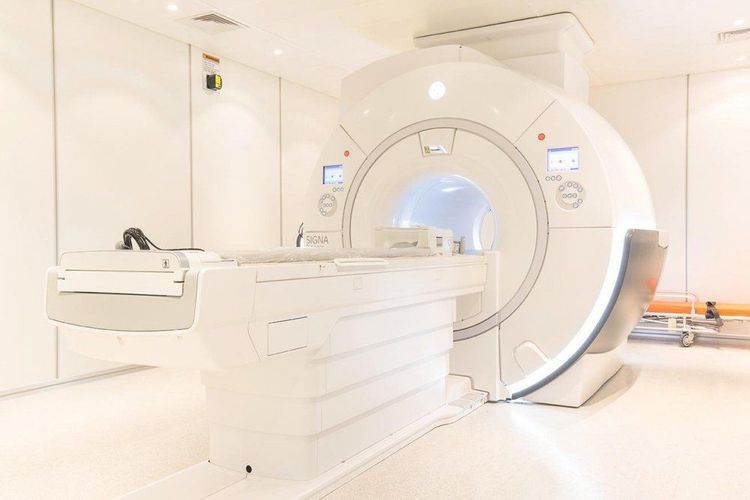
Vinmec International General Hospital put into use the magnetic resonance imaging machine 3.0 Tesla Silent technology. Magnetic resonance imaging machine 3.0 Tesla with Silent technology of GE Healthcare (USA).
Silent technology is especially beneficial for patients who are children, the elderly, weak health patients and patients undergoing surgery. Limiting noise, creating comfort and reducing stress for customers during the shooting process, helping to capture better quality images and shorten the shooting time. Magnetic resonance imaging technology is the technology applied in the most popular and safest imaging method today because of its accuracy, non-invasiveness and non-X-ray use. Usually about health you should visit and consult with a specialist doctor.
Please dial HOTLINE for more information or register for an appointment HERE. Download MyVinmec app to make appointments faster and to manage your bookings easily.





